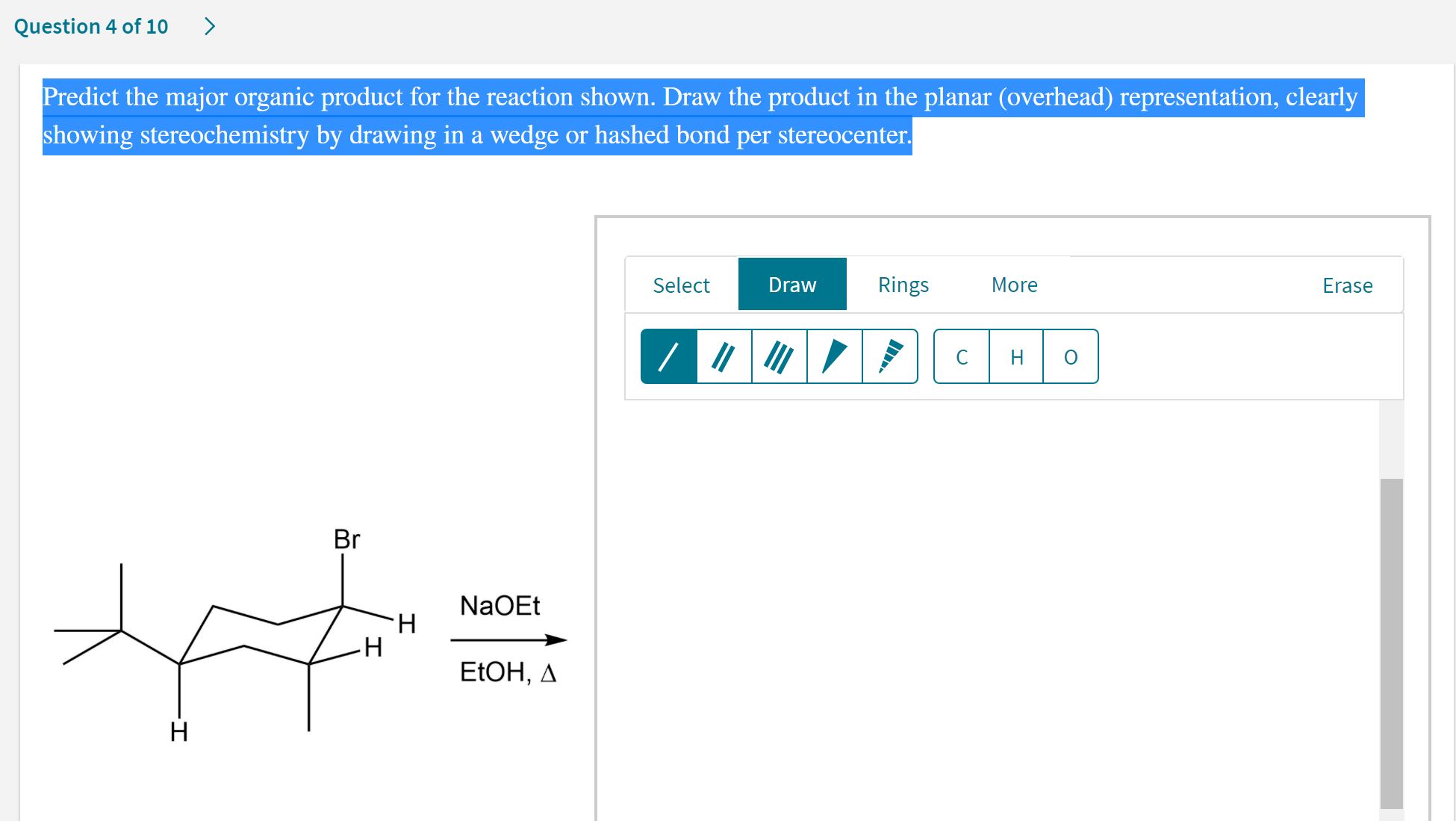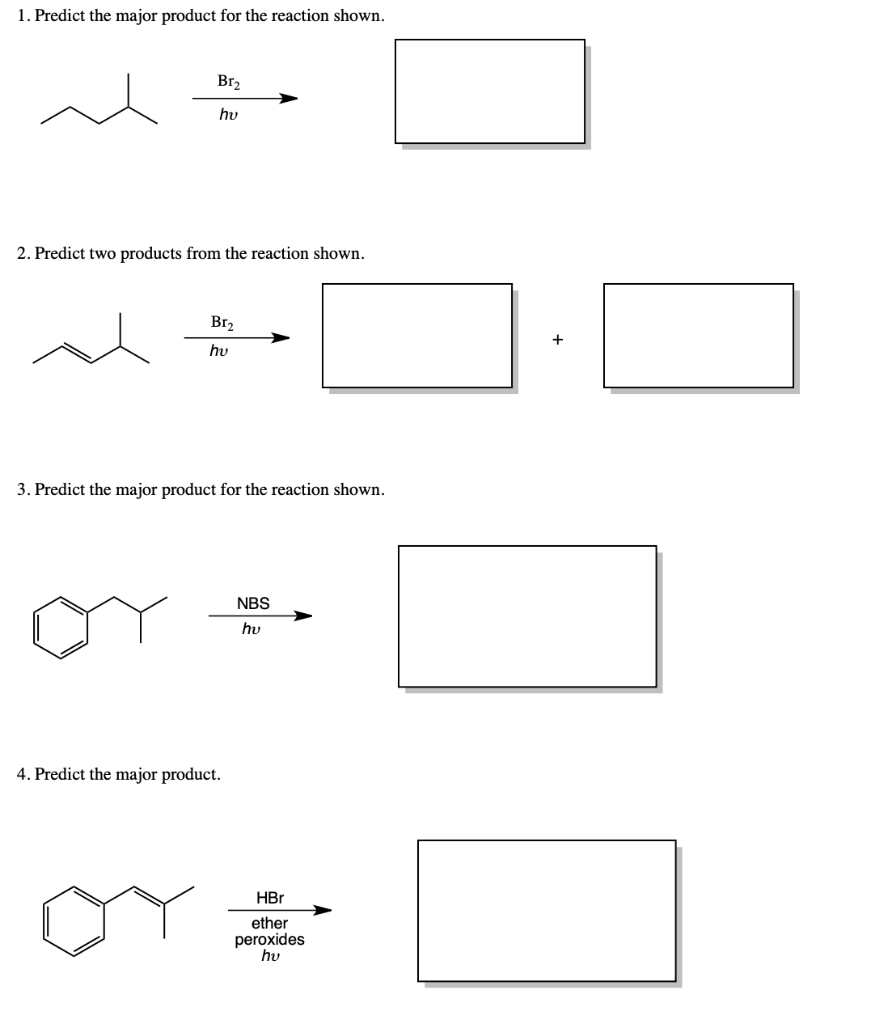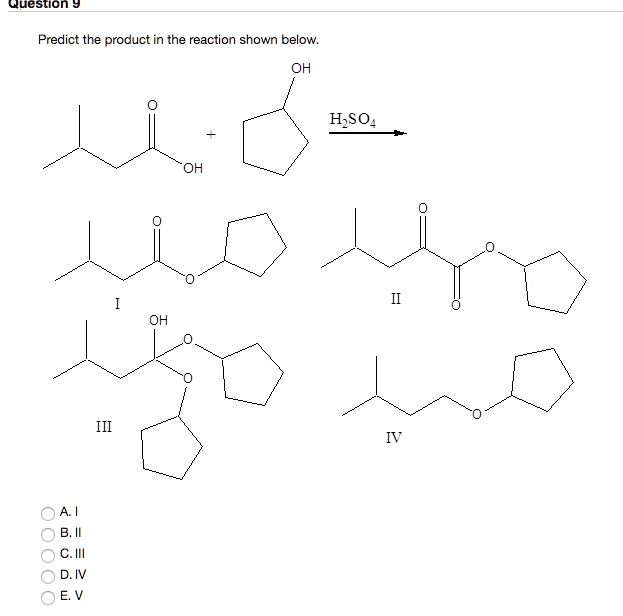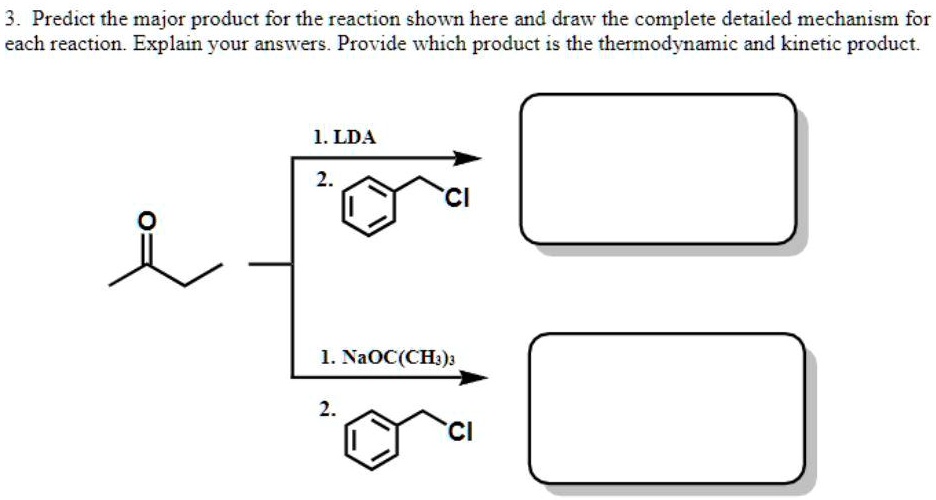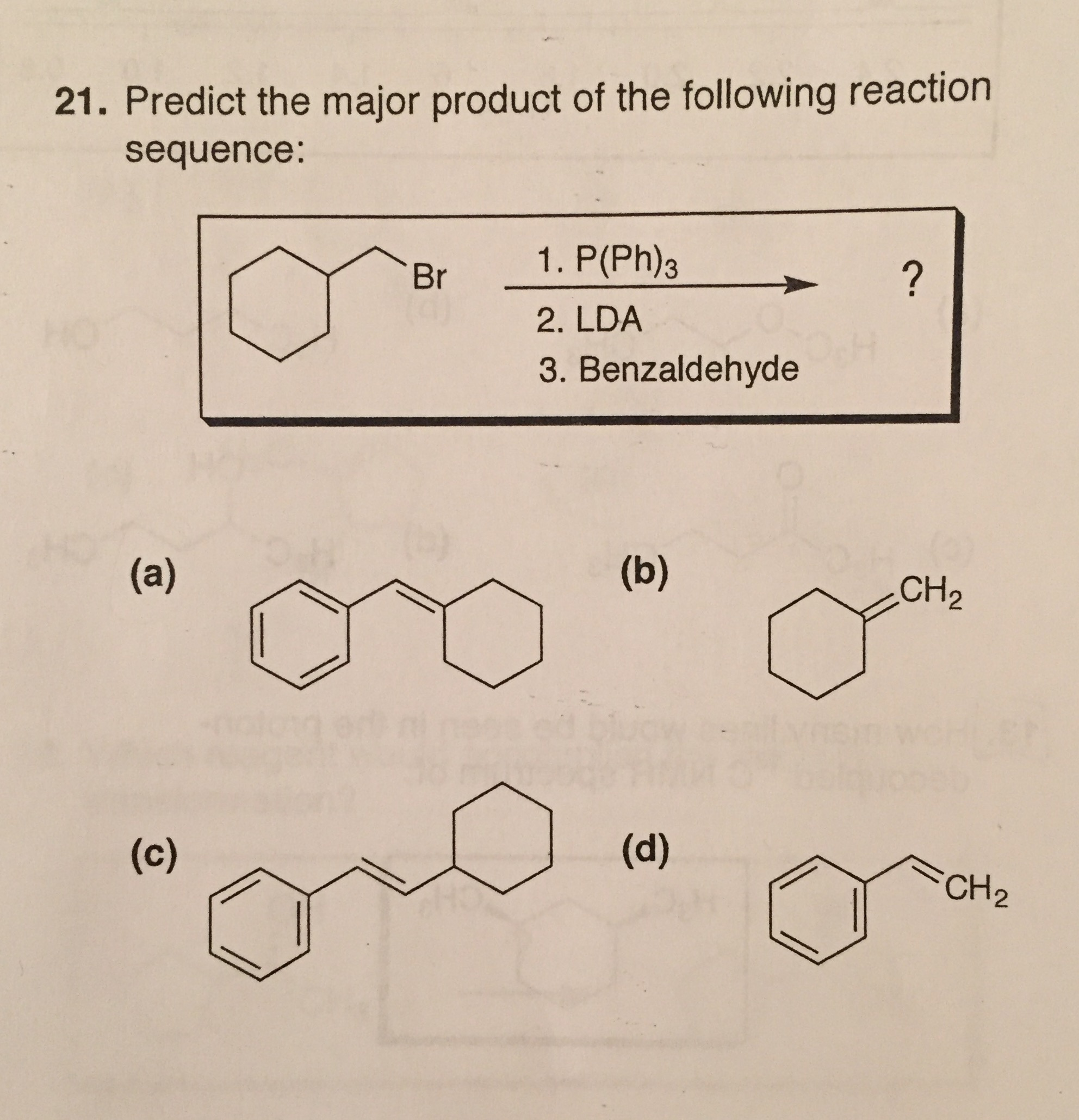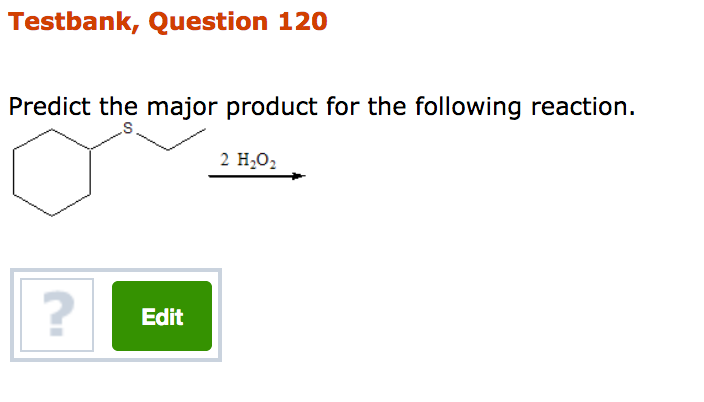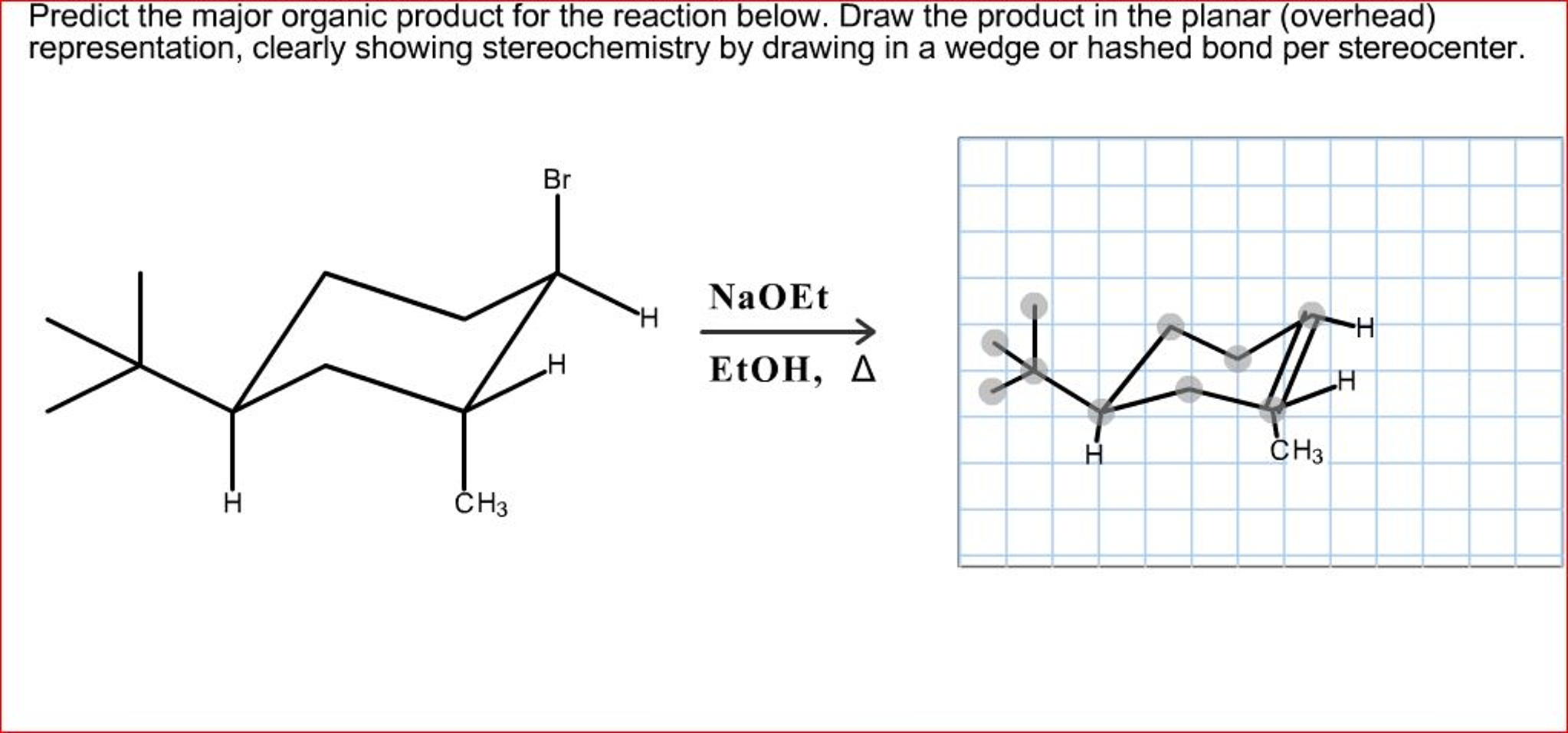Predict The Product For The Reaction Shown.
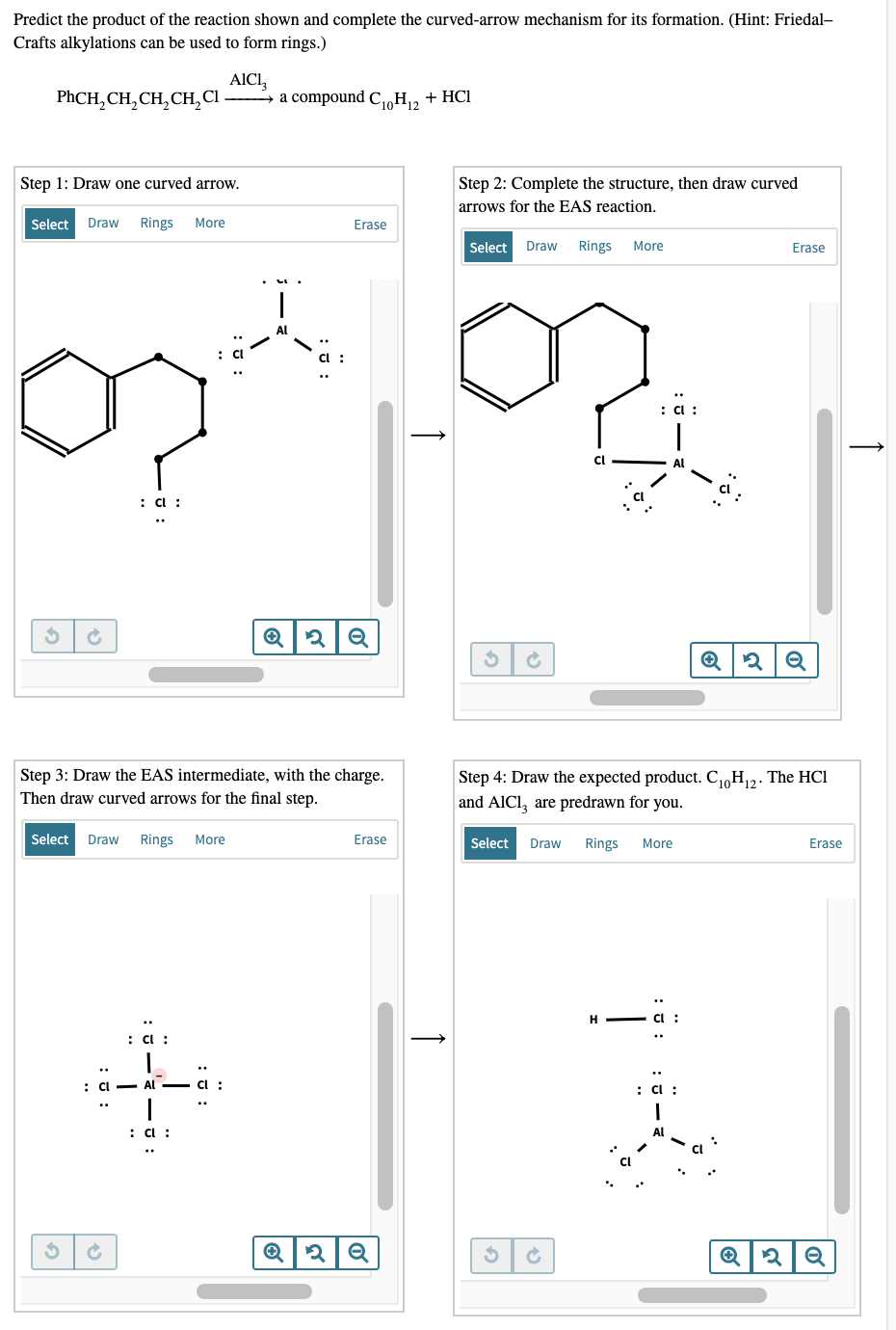
A critical error plagues online chemistry platforms: Incorrect product prediction results are jeopardizing student learning and research integrity. The miscalculation stems from faulty algorithms in popular reaction prediction tools, leading to inaccurate outputs for users worldwide.
The core issue involves a widespread failure in accurately forecasting products for specific chemical reactions. This impacts educational platforms, research databases, and potentially even industrial applications relying on these predictions for guidance.
Widespread Algorithmic Errors Identified
Reports began surfacing early this week from undergraduate chemistry students struggling to replicate predicted products. Specifically, errors were observed in predicting the outcome of reactions involving complex organic molecules, stereochemistry considerations, and reactions sensitive to reaction conditions.
Several users reported instances where common reactions, like Grignard reactions or Diels-Alder cycloadditions, were incorrectly predicted. These are cornerstone reactions taught to every chemistry student and are vital for organic synthesis.
One student at MIT, *Sarah Chen*, detailed her experience, stating: "The platform predicted a completely impossible product for a basic ester hydrolysis. It cost me hours trying to understand where I was going wrong, only to realize it was the software that was flawed."
Impact on Education and Research
The consequences of these algorithmic errors are far-reaching. Students are losing valuable learning time grappling with incorrect information. It can impact their grades and understanding of core chemical principles.
Researchers also face challenges. *Dr. David Lee* from Stanford University stated: "We use these tools for preliminary reaction planning. If the predictions are unreliable, it wastes time and resources on pursuing unproductive reaction pathways."
This leads to inefficiencies and, potentially, hinders scientific progress. Imagine the wasted effort on a large scale, across countless labs.
Platform Vendors Respond
Initial inquiries to leading chemistry platform vendors were met with mixed responses. Some companies acknowledged the issue and have pledged immediate action.
ChemPredict, one of the affected companies, issued a statement acknowledging "a temporary discrepancy in our algorithm" and promising a fix within 48 hours.
However, other platforms, including *ReactSim*, have remained silent or have minimized the scope of the problem. This lack of transparency is fueling user frustration.
The Technical Details
The root cause of the errors appears to be in the machine learning models underpinning these prediction tools. They are trained on vast datasets of chemical reactions. However, the quality and comprehensiveness of these datasets are critical.
Experts suggest that the models are either overfitting to specific reaction types or are failing to adequately account for factors like steric hindrance and electronic effects.
It is also possible that the training data contains errors itself. Garbage in, garbage out.
Urgent Calls for Review and Validation
Chemistry educators and researchers are demanding immediate action to rectify the situation. There is a call for independent validation of these predictive tools.
Professor Emily Carter at Princeton University emphasized the need for a standardized testing suite. This can be used to evaluate the accuracy of different platforms.
Such a suite would provide a benchmark for users to compare the reliability of these tools before adopting them. It would also protect users from future algorithmic errors.
Moving Forward
The incident highlights the growing reliance on algorithmic tools in scientific research and education. While these tools offer undeniable benefits, they are not infallible.
Ongoing vigilance and rigorous testing are essential. This ensures these technologies serve the scientific community effectively.
Platform vendors are now working to deploy updated algorithms and address the identified errors. The scientific community awaits the results of these updates.
